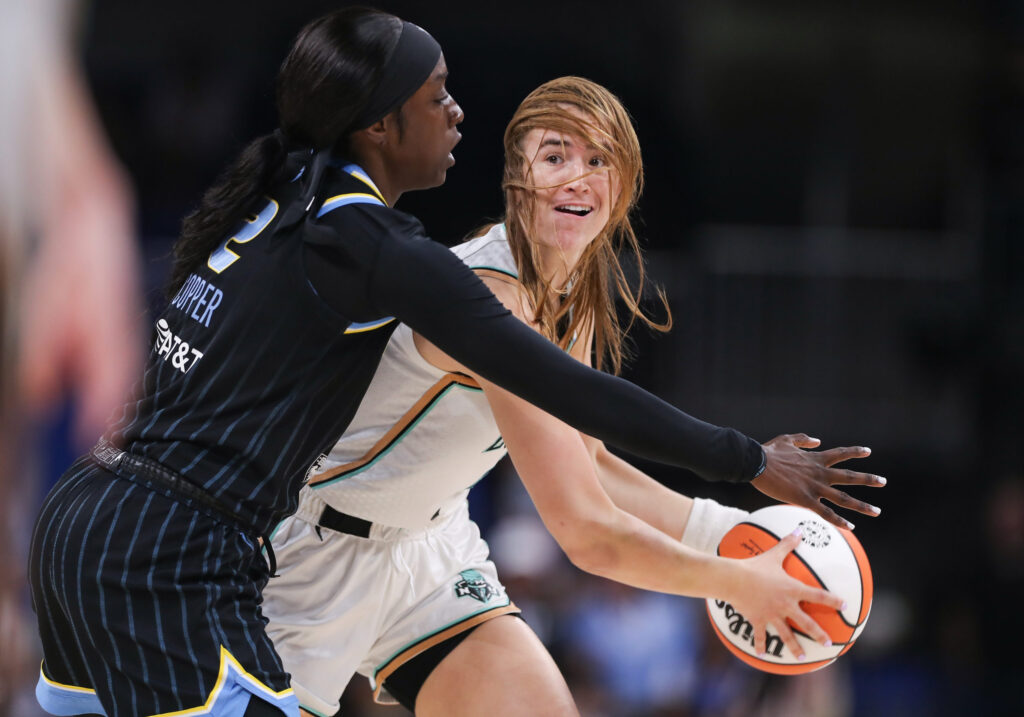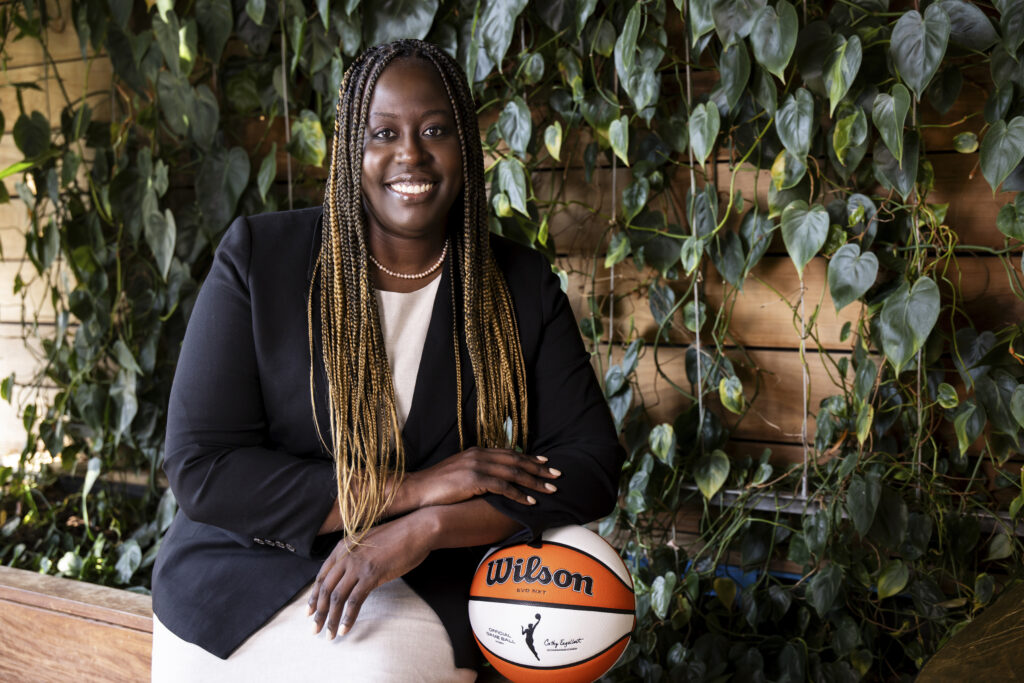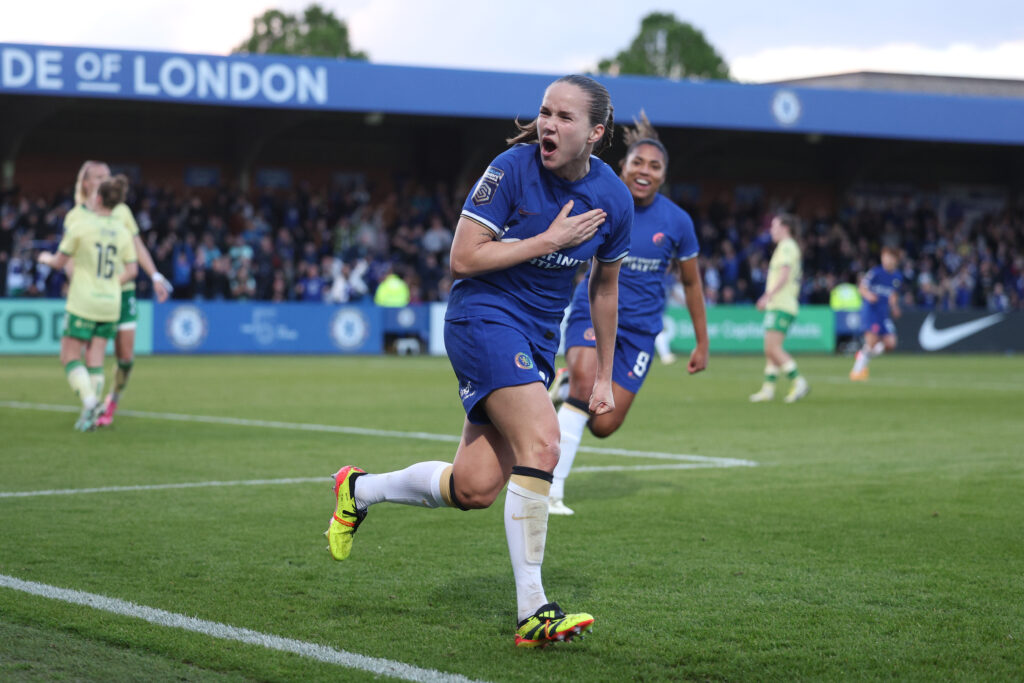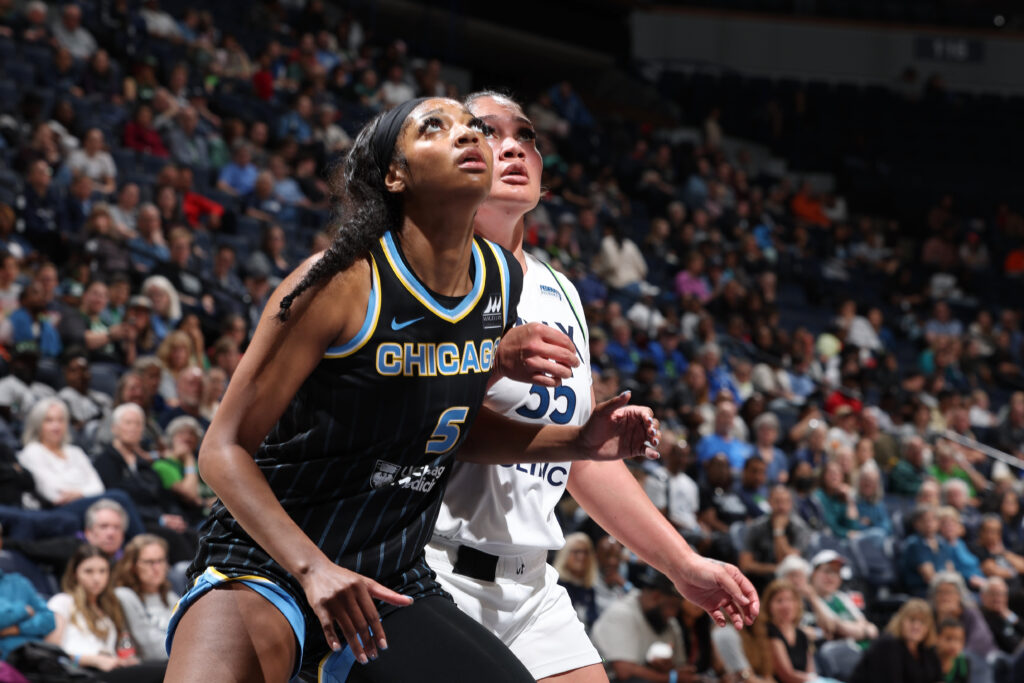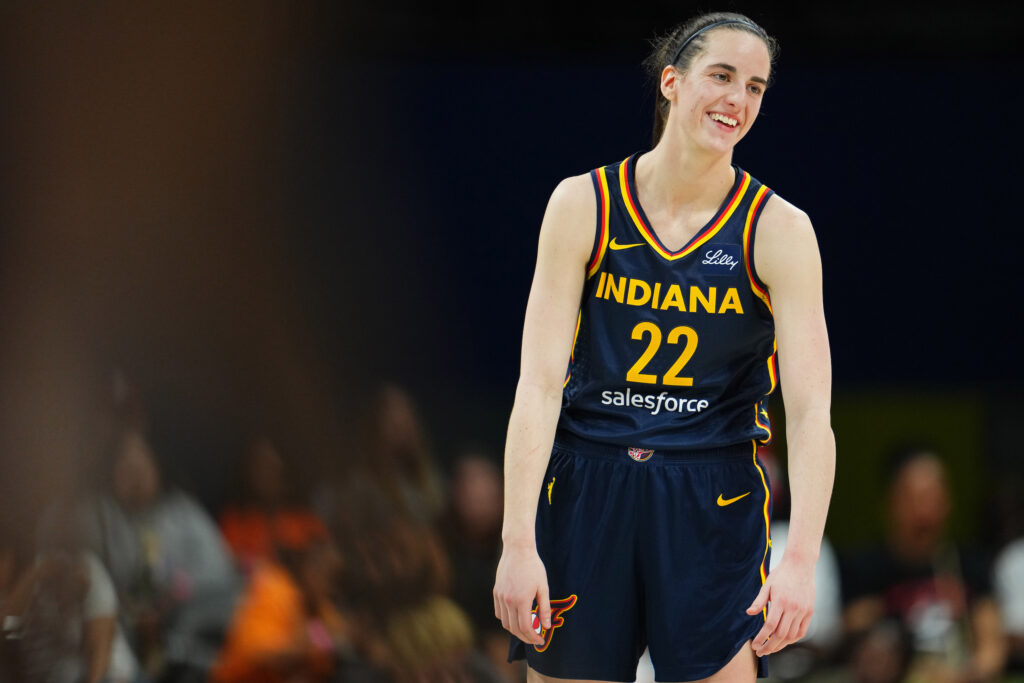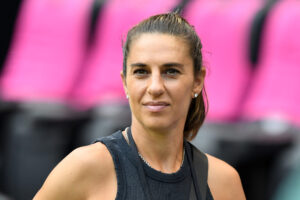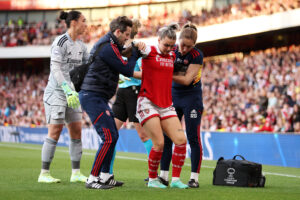When it comes to the New York Liberty, Sabrina Ionescu is the head of the snake.
At least, that’s how Kahleah Copper describes her.
And how do you kill a snake?
You cut off its head.

In Game 1 of the Liberty’s first-round series against the defending champion Chicago Sky, Ionescu scored 22 points and recorded six assists to lead No. 7 seed New York to an upset win.
In Game 2, the Oregon grad was held to just seven points and three assists, and No. 2 seed Chicago secured a lopsided 100-62 victory — the largest margin in WNBA playoff history — to force a deciding Game 3.
The difference largely came down to the defensive assignment. This time around, Copper matched up with Ionescu, as opposed to the first game, when Vandersloot drew Ionescu and Copper matched up with Betnijah Laney.
Copper bothered New York’s star guard from the jump.
“It was important for me to defend her,” Copper said after Saturday’s game. “I gotta be able to make it as hard as possible for her, so that’s what I wanted to do.”
.@kahleahcopper has the same amount of points herself as the entire Liberty team
— Just Women’s Sports (@justwsports) August 20, 2022
pic.twitter.com/eTELWmZlAD
Copper accomplished her mission. The game marked just the fourth time this season that Ionescu posted fewer than 10 points and fewer than five assists in the same contest.
“She’s special because she plays both ends of the floor, and I think that gets undervalued a lot,” Sky coach James Wade said of Copper, who not only played suffocating defense but also scored 20 points. “Her ability to be disruptive and then on the other hand get us buckets and actually draw defenses — it sets a tone, and the tone is really what we need.”
Chicago’s defensive intensity, sparked by Copper, represented a complete shift from Game 1. The Sky put a major emphasis on defending the 3-point line, closing out hard, putting hands up and making sure the Liberty didn’t get uncontested looks.
The Liberty score 36.5 percent of their points from the 3-point line and have made 394 on the season, ranking first in the WNBA in both categories.
In their opening game victory Wednesday, the Liberty shot 44 percent from beyond the arc, making 11 of 25 attempts. The long-range offense came from everywhere, as seven players made at least one 3-pointer. Ionescu and Stefanie Dolson led the team with three makes apiece.
In Game 2, New York went cold from long range, making just three attempts — Ionescu, Han Xu and Rebecca Allen each had one — and shooting 15 percent from beyond the arc. The Liberty’s shooting from 2-point range wasn’t much better, as they shot 33 percent, finishing with 23 total field goals.
“It was important because we know they like to shoot 3s and they are a successful team when they make them,” Wade said. “So we wanted to make sure that if they get 3s off that they are contested, and they weren’t as open as they were in the first game.”

Natasha Howard — who scored 22 points in the first game — led the Liberty starters with eight points Saturday, while Dolson and Laney each had just one field goal for two points apiece. Crystal Dangerfield rounded out the unit’s scoring with four points.
Meanwhile, Han and Michaela Onyenwere led New York with 10 points each, and the bench unit outscored the starters, 39-23.
“We were struggling everywhere,” Liberty coach Sandy Brondello said. “We need our starters to set us off a little bit and hopefully we can build up from there.”
The sentiment that New York struggled everywhere was far from an exaggeration. The offense looked disjointed and lacked the crips passes and ball movement that led to the team’s success Wednesday.
In addition to the poor shooting, the Liberty committed 19 turnovers and only grabbed three offensive rebounds. Turnovers outnumbered 15 total assists for New York.
“A lot of it was our turnovers for easy baskets,” Brondello said. “They’re one of the best teams in the league in the open court, and Copper certainly got them going … We have to be a little more resilient, taking care of the ball. We really made a lot of bad decisions, like the quick shots. I was not happy with that.”
After the bounce-back victory, the No. 2 Sky will have to win on the road to advance to the semifinals, as Game 3 will take place Tuesday in New York.
Heading into the postseason, Wade expressed frustration with the format, saying, “You always want the deciding game, if there’s a Game 3, to be at the higher seed’s home. I’m not a fan of it at all; I don’t think any coaches are.”
But he changed his opinion Saturday.
“I’m OK with (going on the road),” he said. “Because the thing is, if we wouldn’t have lost game 1, this game wouldn’t have been on the road. You know if we play like that, it doesn’t matter where we play. We could play on the moon. But we have to be who we gonna be, and that will dictate everything.”
Eden Laase is a Staff Writer at Just Women’s Sports. Follow her on Twitter @eden_laase.
